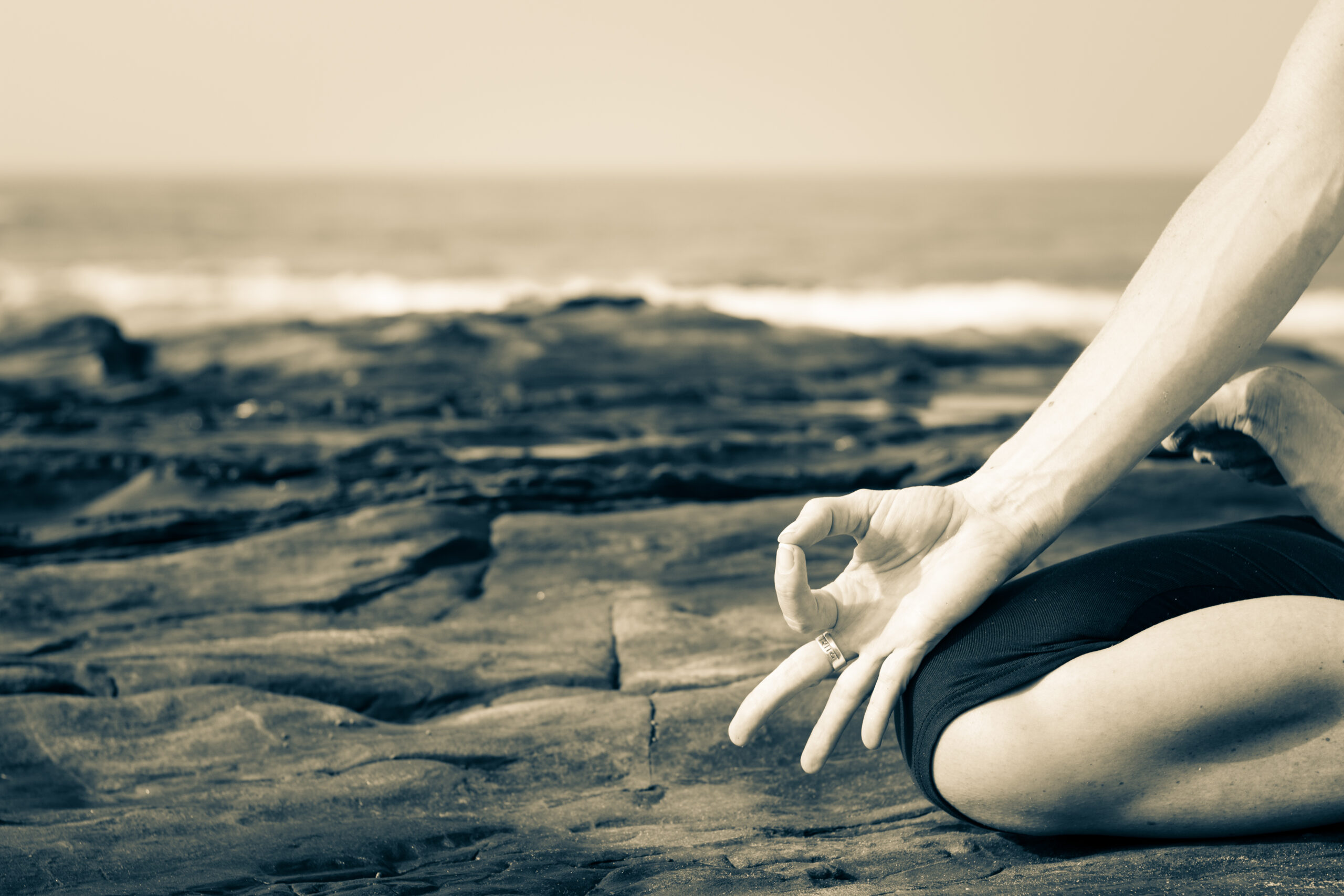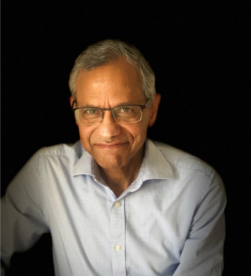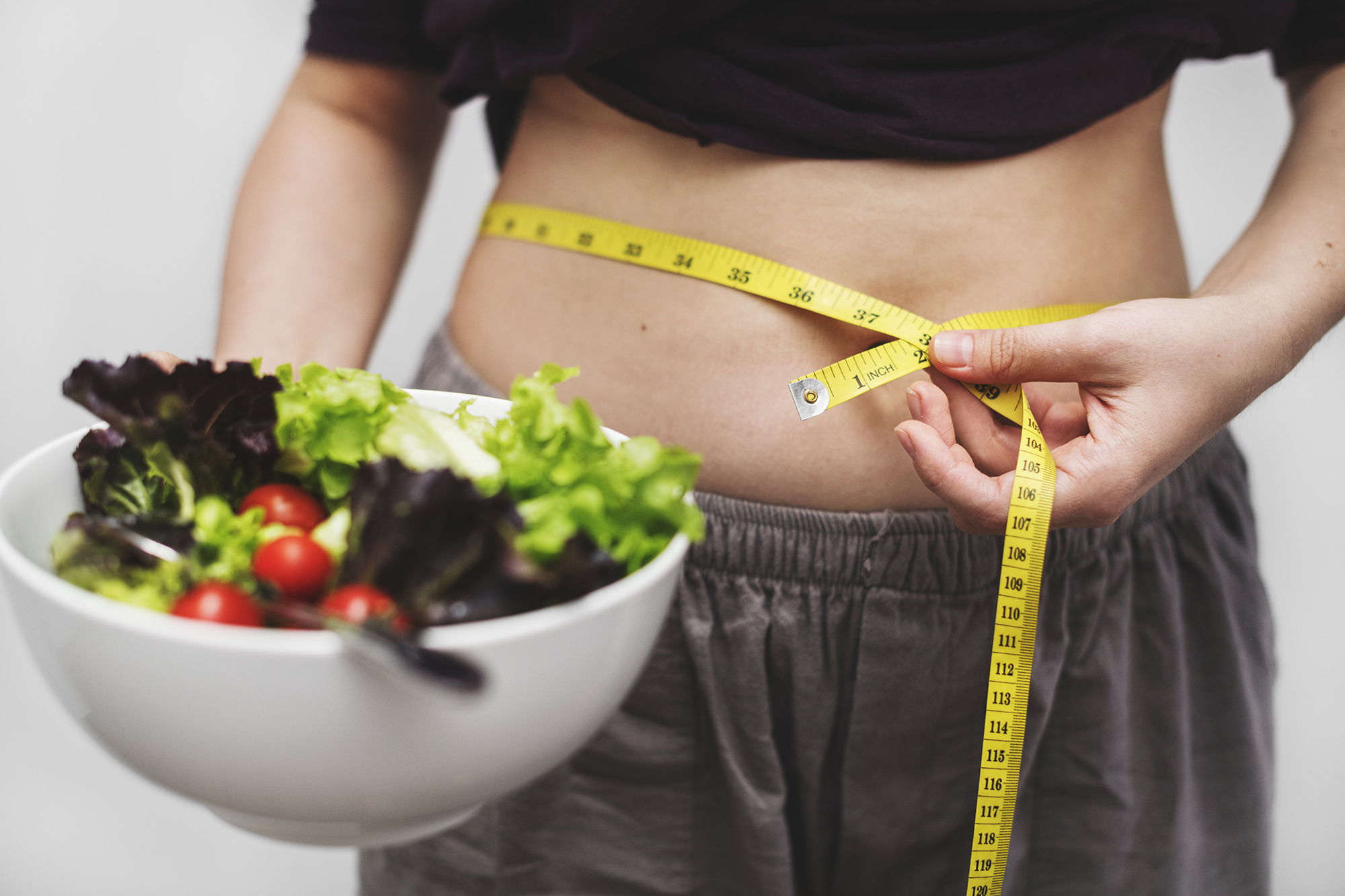
HOW TO MANAGE STRESS DURING LOCKDOWN LIKE A PRO? BREATHING & RELAXATION TECHNIQUES FOR BEGINNERS.

Did you know?
EEG studies have demonstrated that the silent repetition of “Aum” causes brain waves to become very relaxed and smooth out while increasing mental clarity. It is, therefore, clear that meditation is a gift from the gods for people with health problems.
If we have not yet learned to meditate, now is the time to do it as it will not only be relaxing but at the same time spread positive vibrations to the entire world.
Our mind has three parts, Conscious, Subconscious, and Individual/Universal Super Conscious parts. The type of thought in the Conscious Mind is analytical and is affected by the disparity between our expectations and our actual experiences. The type of thought in the Subconscious Mind is symbolic and is affected by historic stress that remains unresolved. Intuitive thought is the one which is involved with the Individual Super conscious Mind and the stress which affects it is the failure to pursue’ your story behind your story’.
Spiritually speaking, our mind has three parts,
The part which is related to the physical body is called ‘Pindi Mann’ (the word ‘Pind’ means physical body).
‘Andi’ Mann, related to the astral body.
‘Brahmandi’ Mann, related to the causal part.
Meditative thought predominates at the Universal Superconscious level and is affected by spiritual ignorance and alienation from God. We have been given the Mind for it to follow the instructions of the soul or ‘Atma’ but since we are stuck with charm of the materialistic world, the soul has lost its connection with the Supreme Spirit. The mind at times of difficulties will always fearful of damage and loss, resulting into stress.
There, are many ways of managing stress but the most important and useful ones, that have proven to be helpful since the beginning of the time are:
1. YOG, PRANAYAM & MEDITATION
Yog asanas affect the various chakras, bringing about their proper functioning, thereby resulting in peace of mind, relaxation, and improvement of all organs and systems. Pranayam “Prana” means life and “ayam” means control. Pranayamas help imbibe cosmic energy and still the mind, paving the path for meditation. Energy or Pranic Healing is based on pranayam.
2. PRANIC BREATHING
Steps to do-follow –
Connect your tongue to the palate, do abdominal breathing.
During this, expand our abdomen slightly when inhaling and contract it slightly while exhaling.
Inhale to a count of 6 and retain to 3 counts.
Then exhale to 6 counts and retain to 3 counts.
This cycle can be continued for a few minutes till we feel relaxed. This can be done at any time. During this procedure, a tremendous amount of prana rushes into the body from the cosmos to rejuvenate us. But this will happen only when inhalation is done after empty retention.
3. PROGRESSIVE RELAXATION
Steps to follow:
Like “Shav Asana”.
Sit comfortably in a chair/recliner/lie down, close your eyes, draw in a deep diaphragmatic breath and let it flow out.
Then just let your body breathe on its own.
Put your attention on your toes.
Now, imagine a warm, peaceful, relaxing feeling flowing towards your feet.
This feeling is then channeling peace into you through your calves, knees, thighs, buttocks, waist, diaphragm, back, chest and shoulders etc.
This technique has been derived from Yoga, called ‘Yog Nidra”, which perhaps is the best method for relaxation. It is powerful enough to take us very deep into our subconscious level, where all our memories and stressors reside, enabling their exit. In advanced stages, it can make us deeply ‘aware’ of ourselves.
4. JACOBSON’S RELAXATION:
Steps to follow:
It comprises of a minute of diaphragmatic breathing
Then tensing the muscles of the feet, relaxing them.
One-minute diaphragmatic breathing.
Then tensing the muscles of the calves and relaxing them.
It can be continued like this upwards to involve all muscle groups and is applicable to those who carry a great deal of physical anxiety or tension.
5. DIAPGHGRAMATIC BREATHING
Moving the most breath with the least effort is diaphragmatic breathing. Chest breathing creates sympathetic arousal. The chest is drawn in strongly when unusually large amounts of air are needed example during exertion and emergencies. This sets off a chain of events that say, ‘Prepare yourself, something is about to happen”. The Sympathetic System stimulates the organs, gears up the body for physical action and excitement by increasing heart rate, blood pressure, and muscle tone. Skin sweats and pupils dilate.
The pattern of functioning that diaphragmatic breathing draws in is one of calmness and tranquility.
It is a matter of relaxation and release and is the least effortful and helps connect with the larger pool of energy.
The Practice of Asana and Pranayama harmonizes the Ida and Pingala Nadis and has a purifying and balancing effect upon the energy flow in all the 72000 nadis. Pranayama and Meditation enhance energy flow in the Sushumna Nadi.
Also Read: CAN STRESS BE GOOD? HOW DOES MEDITATION HELP YOU IN MANAGING STRESS?
Why should you start working on finding peace within?
The type of aura depends upon the purity of our thoughts and feelings and our internal biorhythm and physical state of health. The more we feel disheartened or depressed, the weaker is the flow of Prana, leaving us more susceptible to illness and the aging process occurs more rapidly. So, people who are balanced, and content:
Radiate vitality and their strength reach out to touch fellow beings.
The prana that we radiate is clearly perceptible to others.
It reduces heart rate and blood pressure.
Makes us more alert and relaxed.

Dr. Vijay Mohan Kohli
(Senior Consultant- Integrative Cardiovascular Sciences)
Dr. Vijay Mohan Kohli
Senior Consultant- Integrative Cardiovascular Sciences
Specialist in Adult Cardiac Surgery and have performed over 8,000 cardiac surgeries independently and associated with twice that number. Instrumental in setting up cardiac surgery departments and initiating cardiac surgery in various leading hospitals in India such as Escorts Heart Institute (New Delhi), Batra Hospital (New Delhi), Hero DMC Heart Institute (Ludhiana), Sri Balaji Action Medical Institute (New Delhi) and Arneja Heart Institute (Nagpur).
Practice and promote Holistic Medicine
QUALIFICATIONS AND CAREER HISTORY
• 1974: MBBS, Kings George’s Medical College, Lucknow, India
• 1978: MS (General Surgery), Kings George’s Medical College, Lucknow, India
• 1982: MCh Cardiothoracic Surgery, Kings George’s Medical College, Lucknow, India
Copyright © 2021, Metabalance Healthcare All Rights Reserved. Designed by: Webcare Technologies
 Call Now
Call Now
 info@metabalancehealthcare.com
info@metabalancehealthcare.com
